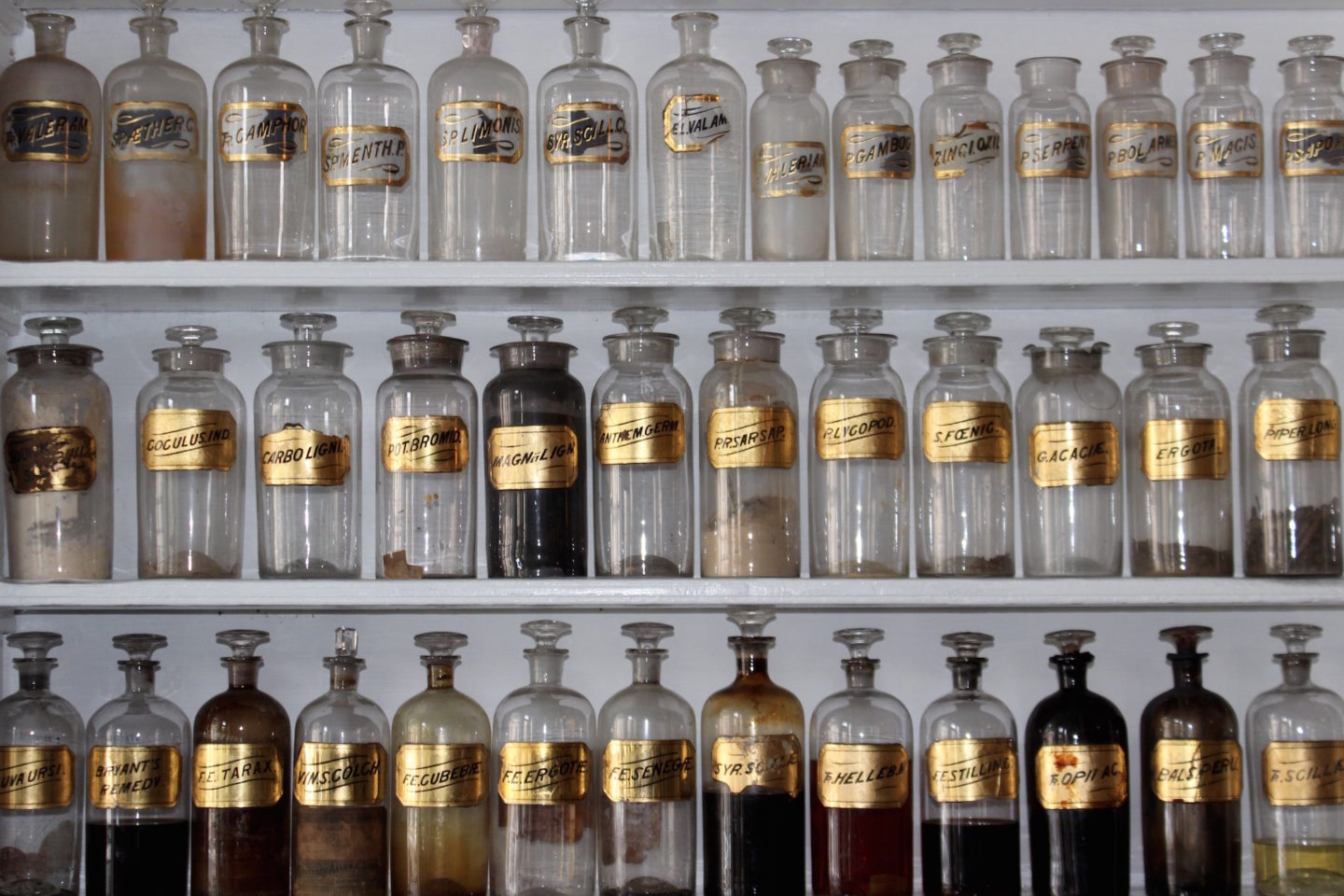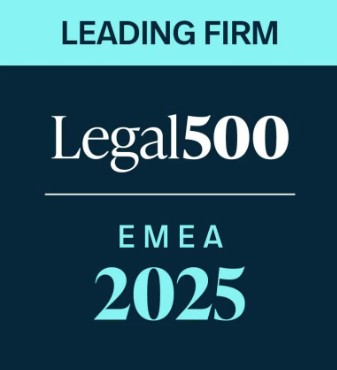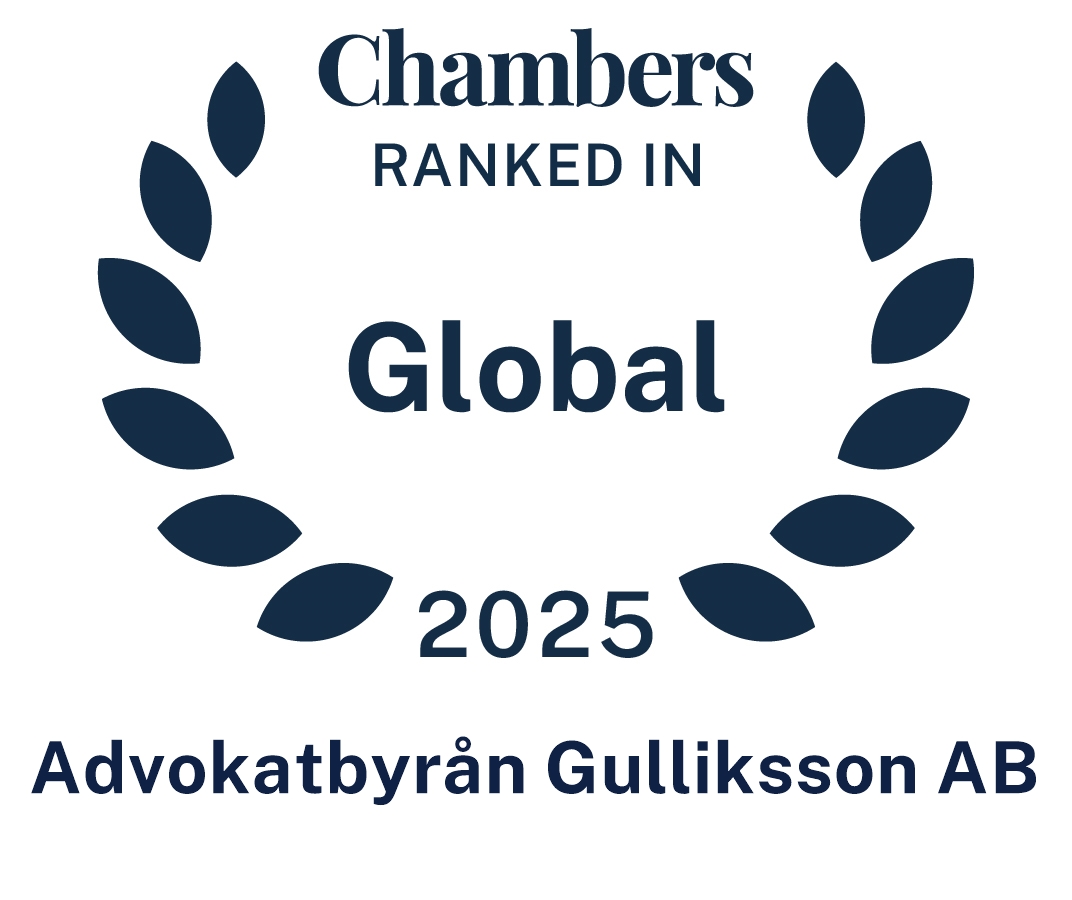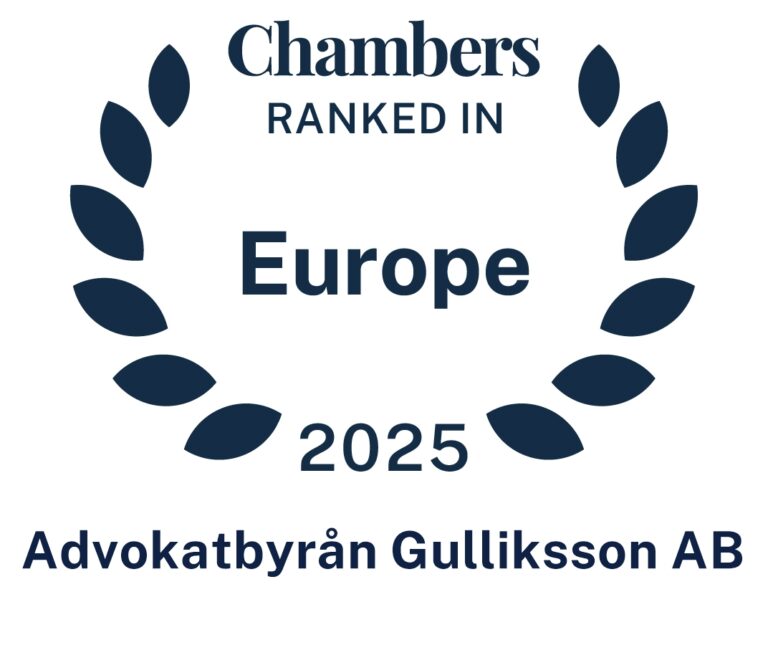Can non-response to several warning letters indicate intent to prepare patent infringement or can such non-response lead to consequences with regards to litigation costs? No, held the Swedish Patent- and market Court in a fresh clarifying decision. Gulliksson and its attorneys Magnus Dahlman and Mattias Malmstedt, assisted by Rikard Roos, Ström & Gulliksson, has recently acted as counsels for Defendant in a patent infringement case (PMT 8260-17) which has shed some additional light on what a generic company can do during the patent term without being liable for preparation for patent infringement.
The case
The defendant – a generic pharmaceutical company – had been sued by the licensee of a patent for tenofovir. The Plaintiff claimed among other things that the court should lay down an injunction against the defendant. Plaintiff claimed that Defendant was liable for preparatory acts of patent infringement of Plaintiff’s patent for tenofovir (i.e. commercialized in Truvada and others).
The preparatory steps that Plaintiff claimed that gave rise to liability was that the defendant had applied for marketing authorization and filed an application for inclusion in the Swedish pharmaceutical benefits scheme. Plaintiff had directed a couple of warning letters to the defendant, none of which had been answered. The plaintiff claimed that the lack of answer to the warning letters clearly indicated the defendant’s intent to launch a generic product prior to the lapse of the patent term.
Although the defendant, after proceedings were underway stated that it would not launch a potential generic tenofovir product corresponding to its marketing authorization prior to the lapse of the patent, the defendant contested the plaintiff’s claims and i.a. argued that the measures taken were allowed during the patent term. It was clear from the patent act (and the Bolar-exemption) and previous court practice that the measures taken could not constitute offering for sale (i.e. direct infringement) and hence they should not either constitute preparatory acts of patent infringement.
In addition the plaintiff had not claimed that there were any other circumstances which could be interpreted as an intent from the defendant’s side to prepare patent infringement (by an early launch). In deed other public records clearly indicated that there was no indication of an immediately imminent launch of a generic product corresponding to the marketing authorization.
The lack of response to the plaintiff’s warning letters was “neutral” and could not be interpreted as an intent to prepare patent infringement, particularly considering that there is no legal obligation for the defendant to respond and communicate launch plans to third parties. In addition, the plaintiff had not taken any action for two years of non-response to its first warning letter.
The Patent and Marketing Court dismissed the plaintiff’s claim for an interim injunction. The court avoided to discuss if the measures taken by the defendant could be measures, which could be characterized as particularly suited for aiding patent infringement and focused on the issue of intent. The court found that it seemed obvious that the measures had been taken to launch products within the near future. The court noted that only two weeks remained of the patent term and that a long time had passed since the defendant gained marketing approval, without having done anything which could be characterized as patent infringement. Under such circumstances the court found that there was not “probable cause” for that the measures taken constituted preparatory acts of patent infringement. The non-response to Plaintiff’s warning letters was neutral and didn’t point in any particular direction with regards to intent.
Comments
The decision from the court sheds further light on what can be done during the patent term. Following the leading Supreme Court decision from 2008 it has been argued by some that the application for inclusion in the pharmaceutical benefits scheme could constitute preparation to patent infringement (preparation for patent infringement became available after implementation of the IPRED-directive).
In this case the court had a situation where the generic manufacturer had a marketing approval and a decision where the product was included in the pharmaceutical benefits scheme. Hence, and as Plaintiff put it, the only thing that the defendant needed to do was to put a product on the market – there were no further preparations to be made.
In addition, the defendant had not responded to any of the plaintiff’s warning letters and had not confirmed that it would respect the patent term. This notwithstanding the court held that the defendant could not be held liable for preparations to patent infringement. Hence, the possibilities for a patent holder to have an interim injunction against generic competitors based on preparations for patent infringement seems to be very limited in Sweden. One caveat is of course that the decision at hand concerned a patent, that had a very limited patent term remaining, which was also noted by the court.
Following the court’s interim decision the plaintiff withdrew its court action (after the lapse of the patent term). The defendant in turn claimed full compensation for its litigation costs. The plaintiff contested the defendant’s right to litigation costs and asked the court to declare that either party should bear its own litigation costs. The plaintiff claimed that the court action had been unnecessary because the defendant could have answered to the plaintiff’s warning letters earlier and thus not necessitating proceedings. The plaintiff also put emphasis on the fact that Defendant after proceedings had been initiated had stated that it would not launch prior to the lapse of the patent.
The defendant maintained its claim for compensation and stated that – as the court had already found – that its non-response to the warning letters was completely neutral and couldn’t in itself give rise to a need to initiate proceedings. In addition, Plaintiff did not act procedurally to the defendant’s confirmation that it would not launch a potential generic product prior to the lapse of the patent, but rather stated that it did not “believe” in the defendant’s confirmation. In addition, the plaintiff had also lost what it claimed for (an interim injunction).
The court awarded the defendant full compensation in the case and reiterated that the defendant could not be deemed to have had any obligation to respond to Plaintiff´s warning letters or otherwise confirm that the defendant intended to respect the patent. The fact that that would give rise to an uncertainty for the plaintiff did not give rise to a need to initiate proceedings and specifically did not give rise to the right to set off litigation costs.
So, what conclusions can be drawn from this decision? One conclusion is obvious. The scope for having an injunction against claimed preparation for patent infringement is very narrow in Sweden. The patentee seems to be able to have a clear indication of intent to infringe the patent before initiating court action. It is not enough that some objective preparatory steps are taken and obviously, it is not either enough that the claimed infringer has not responded to the patentee’s warning letters – it takes something more.
This finding is in contrast to earlier practice where the court held that a response which indicated that the defendant would respect valid patent rights was considered – at least to some extent – to be held against the defendant in respect of the assessment of intent.
Further, the failure to act further to non-response to warning letters also seems to have been given some weight in the assessment. It seems difficult in the light of the decision to build an argumentation of intent for an immediately imminent launch of a generic product when the non-response to warning letters have been going on for an extended period of time.
Finally, it seems like the patentee must be vigilant to act procedurally to concessions from the defendant that a launch will not take place prior to the lapse of the patent. It is not entirely unthinkable that the plaintiff under such circumstances could be compensated for an unnecessary court action.
As indicated above some caution is however advised. The case at hand concerned a patent with a very short remaining patent term – although some of the claimed preparatory step and non-response had been take two years before the court action was initiated. The court seemed to put some emphasis on this time factor in its decision. Hence, if all steps had been taken with a longer patent term remaining there still may have been a risk that those preparatory steps had been construed in another way.
Written by: Magnus Dahlman
Gulliksson´s Life Science group will continue to monitor further developments in this regard.
For further information on this topic please contact:
Magnus Dahlman
magnus.dahlman@gulliksson.se
+ 46 70 597 51 00
Mattias Malmstedt
mattias.malmstedt@gulliksson.se
+46 705 24 18 58





